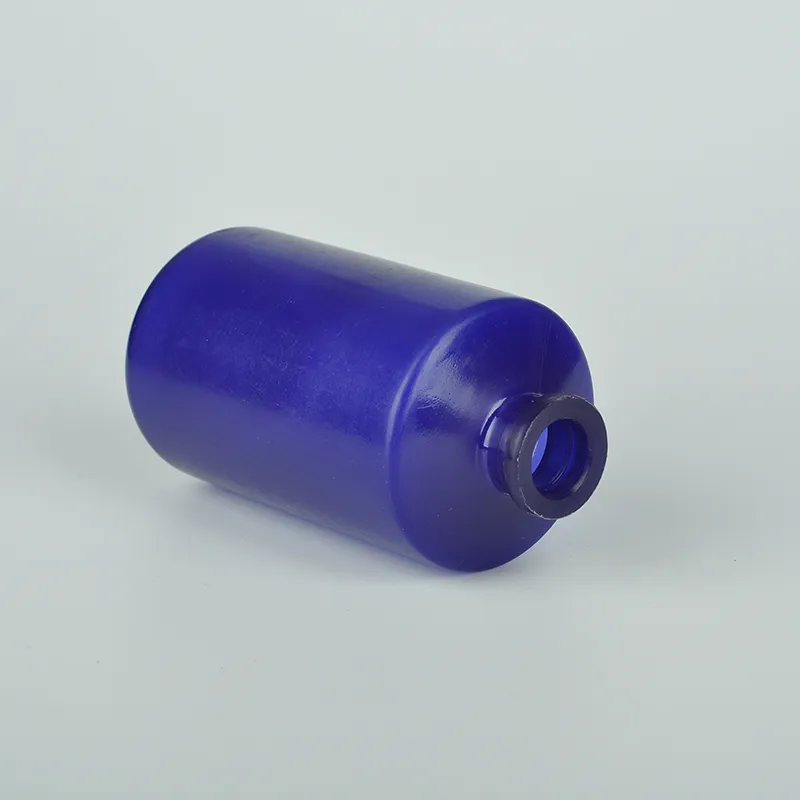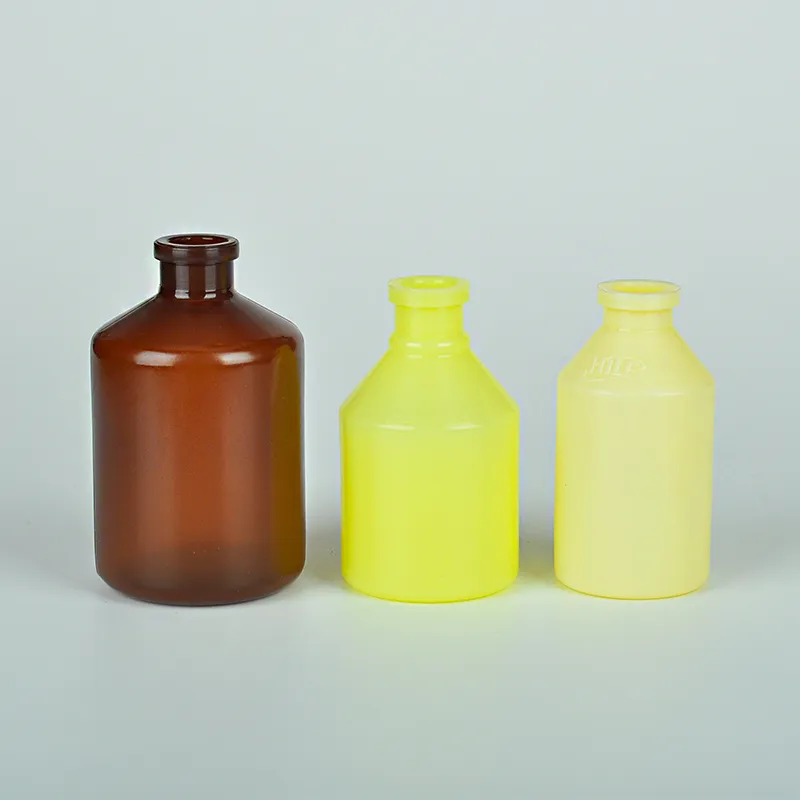
-
 Afrikaans
Afrikaans -
 Albanian
Albanian -
 Amharic
Amharic -
 Arabic
Arabic -
 Armenian
Armenian -
 Azerbaijani
Azerbaijani -
 Basque
Basque -
 Belarusian
Belarusian -
 Bengali
Bengali -
 Bosnian
Bosnian -
 Bulgarian
Bulgarian -
 Catalan
Catalan -
 Cebuano
Cebuano -
 Corsican
Corsican -
 Croatian
Croatian -
 Czech
Czech -
 Danish
Danish -
 Dutch
Dutch -
 English
English -
 Esperanto
Esperanto -
 Estonian
Estonian -
 Finnish
Finnish -
 French
French -
 Frisian
Frisian -
 Galician
Galician -
 Georgian
Georgian -
 German
German -
 Greek
Greek -
 Gujarati
Gujarati -
 Haitian Creole
Haitian Creole -
 hausa
hausa -
 hawaiian
hawaiian -
 Hebrew
Hebrew -
 Hindi
Hindi -
 Miao
Miao -
 Hungarian
Hungarian -
 Icelandic
Icelandic -
 igbo
igbo -
 Indonesian
Indonesian -
 irish
irish -
 Italian
Italian -
 Japanese
Japanese -
 Javanese
Javanese -
 Kannada
Kannada -
 kazakh
kazakh -
 Khmer
Khmer -
 Rwandese
Rwandese -
 Korean
Korean -
 Kurdish
Kurdish -
 Kyrgyz
Kyrgyz -
 Lao
Lao -
 Latin
Latin -
 Latvian
Latvian -
 Lithuanian
Lithuanian -
 Luxembourgish
Luxembourgish -
 Macedonian
Macedonian -
 Malgashi
Malgashi -
 Malay
Malay -
 Malayalam
Malayalam -
 Maltese
Maltese -
 Maori
Maori -
 Marathi
Marathi -
 Mongolian
Mongolian -
 Myanmar
Myanmar -
 Nepali
Nepali -
 Norwegian
Norwegian -
 Norwegian
Norwegian -
 Occitan
Occitan -
 Pashto
Pashto -
 Persian
Persian -
 Polish
Polish -
 Portuguese
Portuguese -
 Punjabi
Punjabi -
 Romanian
Romanian -
 Russian
Russian -
 Samoan
Samoan -
 Scottish Gaelic
Scottish Gaelic -
 Serbian
Serbian -
 Sesotho
Sesotho -
 Shona
Shona -
 Sindhi
Sindhi -
 Sinhala
Sinhala -
 Slovak
Slovak -
 Slovenian
Slovenian -
 Somali
Somali -
 Spanish
Spanish -
 Sundanese
Sundanese -
 Swahili
Swahili -
 Swedish
Swedish -
 Tagalog
Tagalog -
 Tajik
Tajik -
 Tamil
Tamil -
 Tatar
Tatar -
 Telugu
Telugu -
 Thai
Thai -
 Turkish
Turkish -
 Turkmen
Turkmen -
 Ukrainian
Ukrainian -
 Urdu
Urdu -
 Uighur
Uighur -
 Uzbek
Uzbek -
 Vietnamese
Vietnamese -
 Welsh
Welsh -
 Bantu
Bantu -
 Yiddish
Yiddish -
 Yoruba
Yoruba -
 Zulu
Zulu
Jan . 09, 2025 11:45
Back to list
Sterile Vaccine Vial Plastic Liquid Vial For Medical Purposes
Plastic vaccine vials represent a significant advancement in the field of pharmaceutical packaging, offering a modern alternative to traditional glass vials. These innovative containers are gaining traction for their unique benefits and their ability to meet the rigorous demands of healthcare environments.
Authoritativeness in the field is demonstrated through extensive collaboration with regulatory bodies and leading pharmaceutical companies. Plastic vaccine vial manufacturers work closely with organizations such as the World Health Organization (WHO) and the U.S. Food and Drug Administration (FDA) to ensure compliance with global health standards. By doing so, they reinforce their commitment to delivering products that healthcare providers can trust implicitly. Credibility is further established through rigorous testing and validation processes. Plastic vaccine vials undergo comprehensive trials to confirm their safety and performance under a variety of scenarios, including exposure to different temperatures and light conditions. This meticulous evaluation process assures both healthcare professionals and patients of their reliability and robustness. Furthermore, plastic vaccine vials offer logistical and environmental advantages. Their lightweight nature reduces transportation costs and carbon emissions, contributing to a more sustainable supply chain. Additionally, innovations in recyclable materials mean that these vials can support pharmaceutical companies in achieving their sustainability goals, aligning with the global shift towards environmental responsibility. In conclusion, plastic vaccine vials are reshaping the landscape of vaccine storage and distribution through their exceptional durability, chemical stability, and compliance with health standards. As healthcare systems worldwide continue to evolve, these vials are set to play a pivotal role in ensuring safe, effective, and efficient vaccine delivery. Their development symbolizes a breakthrough combining cutting-edge material science with a deep understanding of healthcare needs, offering a solution that is as trustworthy as it is innovative.


Authoritativeness in the field is demonstrated through extensive collaboration with regulatory bodies and leading pharmaceutical companies. Plastic vaccine vial manufacturers work closely with organizations such as the World Health Organization (WHO) and the U.S. Food and Drug Administration (FDA) to ensure compliance with global health standards. By doing so, they reinforce their commitment to delivering products that healthcare providers can trust implicitly. Credibility is further established through rigorous testing and validation processes. Plastic vaccine vials undergo comprehensive trials to confirm their safety and performance under a variety of scenarios, including exposure to different temperatures and light conditions. This meticulous evaluation process assures both healthcare professionals and patients of their reliability and robustness. Furthermore, plastic vaccine vials offer logistical and environmental advantages. Their lightweight nature reduces transportation costs and carbon emissions, contributing to a more sustainable supply chain. Additionally, innovations in recyclable materials mean that these vials can support pharmaceutical companies in achieving their sustainability goals, aligning with the global shift towards environmental responsibility. In conclusion, plastic vaccine vials are reshaping the landscape of vaccine storage and distribution through their exceptional durability, chemical stability, and compliance with health standards. As healthcare systems worldwide continue to evolve, these vials are set to play a pivotal role in ensuring safe, effective, and efficient vaccine delivery. Their development symbolizes a breakthrough combining cutting-edge material science with a deep understanding of healthcare needs, offering a solution that is as trustworthy as it is innovative.
Share
Next:
Latest news
-
PTFE Centrifuge Tubes - Chemical Resistant, Leak-proof, Ideal for Laboratory UseNewsJul.05,2025
-
Premium Metal Dropper Bottle for Precise Dispensing 250ml & 1ml Options AvailableNewsJul.04,2025
-
20 ml Headspace Vials - High Quality Polyethylene & Plastic Vials for Lab UseNewsJul.04,2025
-
Small Bottle with Pipette - Precise Dispensing 100ml Pipette Bottles for Essential Oils & Lab UseNewsJun.24,2025
-
Acetic Anhydride Bottle for Accurate Dropper Measurement in Pharmacy Use High-Quality Dropper BottlesNewsJun.10,2025
-
Innovative PET Bottle Design for Juice – Unique Shapes & Customization OptionsNewsJun.10,2025
RECOMMEND PRODUCTS






















